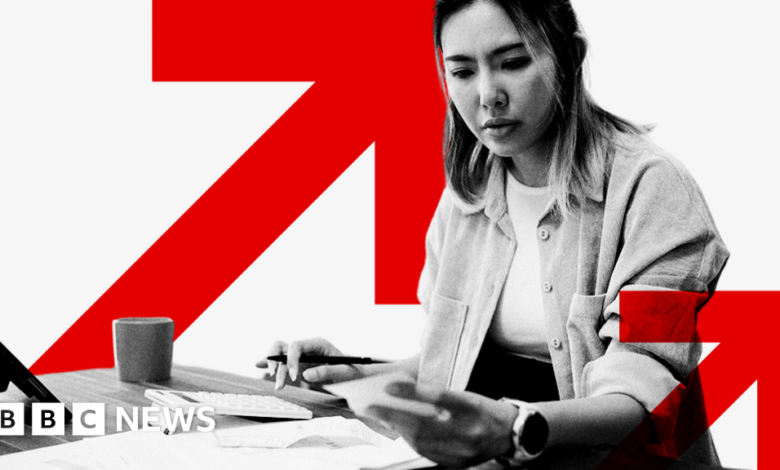National Insurance: What are NI and income tax and what do I pay?

Despite the NI cuts for workers and the self-employed in 2024, millions will still pay more tax overall because of changes to the tax thresholds.
These are the income levels at which people start paying NI or income tax, or have to pay higher rates.
These used to rise every year in line with inflation.
However, the previous government froze the NI threshold and tax-free personal allowance at £12,570 until 2028. Higher-rate tax will continue to kick in for earnings above £50,270.
Freezing the thresholds means that more people start paying tax and NI as their wages increase, and more people pay higher rates.
According to the Institute for Fiscal Studies (IFS) think thank, the freeze cancels out the benefits of the NI cuts for some workers.
In the 2024-25 tax year, it says an average earner will have a tax cut of about £340 – from the combined tax changes – and people earning between £26,000 and £60,000 will be better off.
But by 2027, the average earner would be only £140 better off – and only people earning between £32,000 and £55,000 a year would still benefit.
Before the Budget there had been speculation that the chancellor would extend the freeze until 2030 but she said she had decided not to do so.




